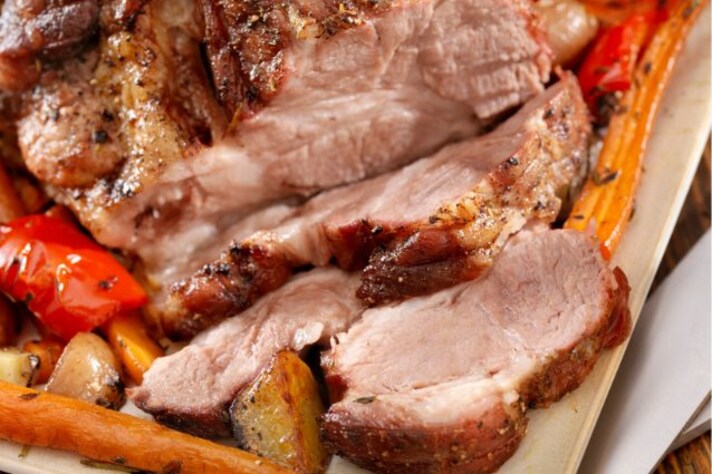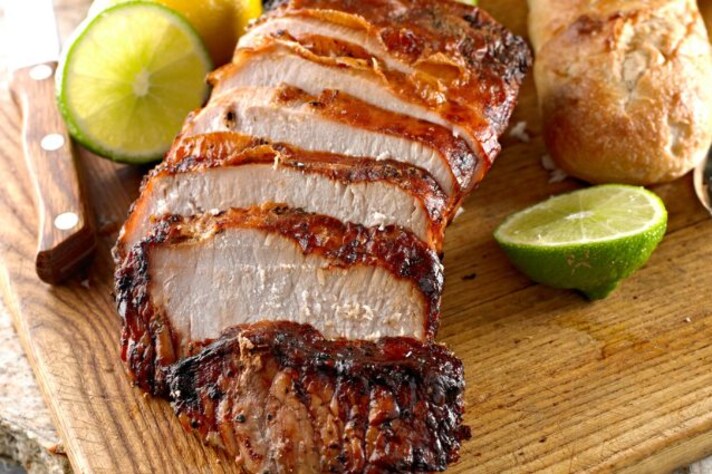4 Foolproof Ways to Select the Best Cut of Pork for Roasting
Master the art of selecting the perfect pork roast. Discover how to evaluate marbling, texture, and color, get insights from expert butchers, and match the cut to your cooking style for a consistently succulent and flavorful roast every time.

Choosing the perfect cut of pork for roasting can make all the difference in flavor, tenderness, and overall success of your dish. With a few simple checks and expert advice, you can confidently pick a cut that delivers a delicious, juicy roast every time.
1. Examine Marbling and Fat Content
Quality pork for roasting should have a good balance of lean meat and fat. Look closely at the meat:
- Even Marbling: The fat should be interspersed throughout the muscle. This not only enhances flavor but also helps keep the roast moist.
- Visible Fat Cap: A generous fat cap on the outside can render down during cooking, adding extra juiciness and flavor.
This balance ensures that your pork stays succulent during roasting, delivering a satisfying texture and taste.
2. Assess Firmness and Color
When selecting a cut, use your senses to gauge its freshness and quality:
- Firm to the Touch: Gently press the meat—good-quality pork should feel firm yet slightly yielding. Avoid cuts that feel overly soft or mushy.
- Healthy Color: Look for a consistent pinkish-red hue. Dull or grayish tones may indicate that the meat isn’t fresh, which could affect both flavor and texture.
These sensory cues help you choose pork that’s both fresh and primed for a perfect roast.

3. Consult Your Butcher for Expertise
Don’t hesitate to ask for advice from your local butcher:
- Cut Recommendations: A knowledgeable butcher can suggest the best cuts for roasting—whether it’s a pork loin for a leaner dish or a shoulder for a more flavorful, fall-apart texture.
- Sourcing Insights: They can also share details about the pork’s origin and whether it comes from reputable, sustainable farms, ensuring you’re getting a high-quality product.
This personalized advice ensures you’re making an informed decision based on both taste preferences and cooking methods.
4. Match the Cut to Your Roasting Style
Different cuts suit different recipes and cooking techniques:
- Pork Loin vs. Pork Shoulder: For a lean, mild-flavored roast, pork loin is ideal. If you prefer a cut that becomes tender and richly flavorful through slow roasting, pork shoulder is a great choice.
- Consider Cooking Time: The cut’s thickness and fat content will influence cooking time and temperature. Make sure your selection aligns with your planned roasting method for optimal results.
Understanding your recipe and matching it with the right cut can elevate your dish from ordinary to outstanding.

The Bottom Line
Selecting the best cut of pork for roasting isn’t just about picking any piece off the shelf—it’s about knowing what to look for. By examining marbling, assessing texture and color, consulting a trusted butcher, and matching the cut to your cooking style, you ensure your roast will be a standout dish every time. With these foolproof tips, you can roast with confidence and savor the delicious rewards of a perfectly chosen cut of pork. Happy roasting!
;Resize,width=767;)
;Resize,width=712;)
;Resize,width=712;)

